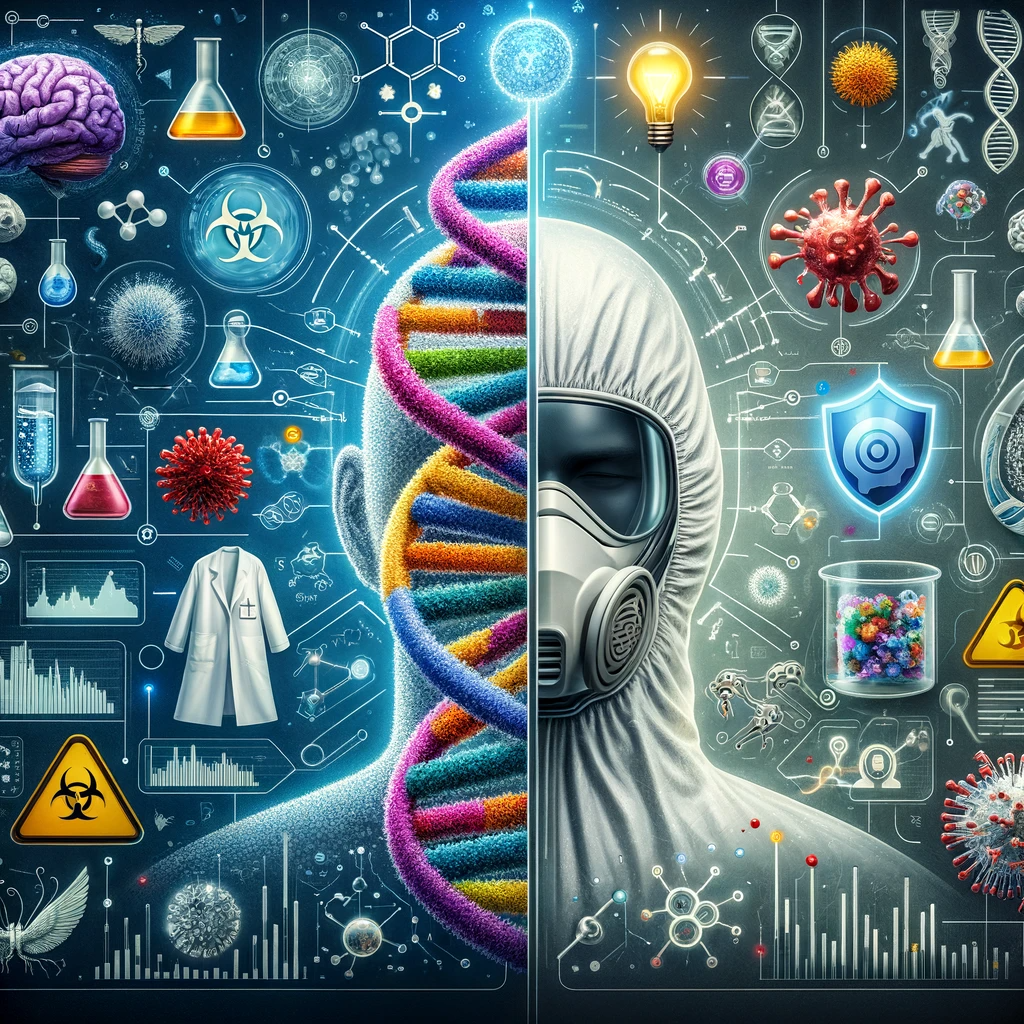Our Mission
The CCP BioThreats Initiative (CCP BTI) is dedicated to understanding and addressing the multifaceted challenges posed by the convergence of biotechnology, neurobiology, artificial intelligence, and human-computer interfaces. The CCP BTI is uniquely positioned to address the intricate potential threats under the jurisdiction of various global actors, with an emphasis on programs associated with the Chinese Communist Party and its affiliated entities, such as the People's Liberation Army, the United Front, and the Ministry of State Security.
Strategic Insights
Conducting strategic net assessments across domains.
Undertaking specialized investigations.
Providing expert guidance and support to both governmental and private sector leaders within the U.S. and its global allies.
Elevating public awareness through workshops, briefings, and engagement with congressional stakeholders to support policy decisions countering the CCP.
Biotech Frontiers
Biotechnology and emerging technologies—such as AI, big data, and genomic editing—are transforming the chemical, biological, radiological, and nuclear (CBRN) threat environment. While these innovations offer powerful tools for health and security, they also introduce new proliferation risks and dual-use dilemmas. Technologies like biofoundries and additive manufacturing can both enhance resilience and facilitate malign use.
China’s Total War Strategy: Next-Generation Weapons of Mass Destruction
Available Now – Paperback
by Ryan Clarke, LJ Eads, Robert McCreight, Xiaoxu Lin This groundbreaking work explores the evolving geostrategic dilemmas facing China and the United States in the post-2025 decade. Drawing from intelligence, military strategy, and international security insights, the authors examine China's growing embrace of unconventional and next-generation weapons—biological, cognitive, infrasound, and beyond—as tools of total war. With deep analysis of internal CCP fractures, public unrest, and future conflict scenarios, this book challenges assumptions and offers a sober assessment of the threats ahead.




